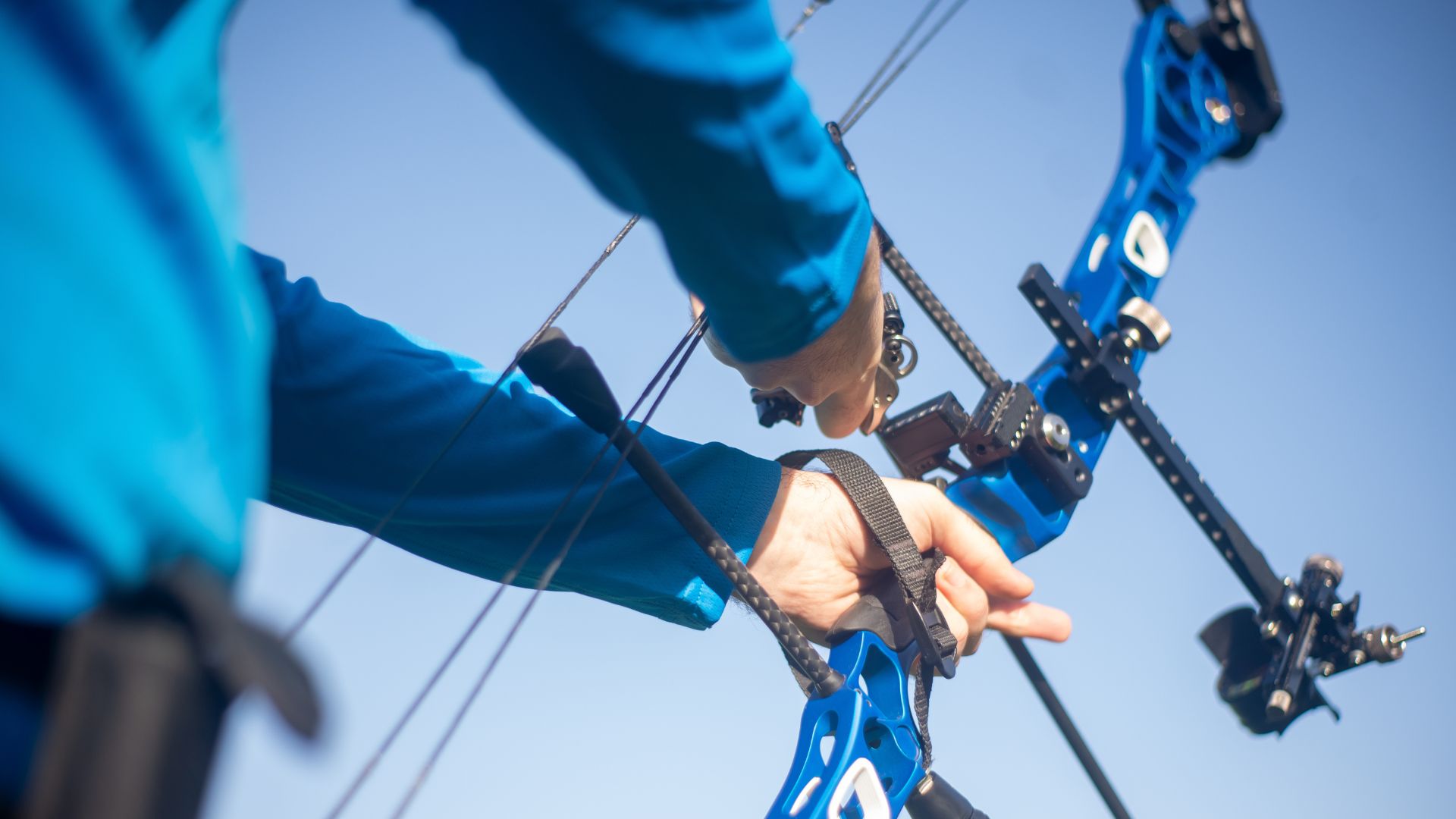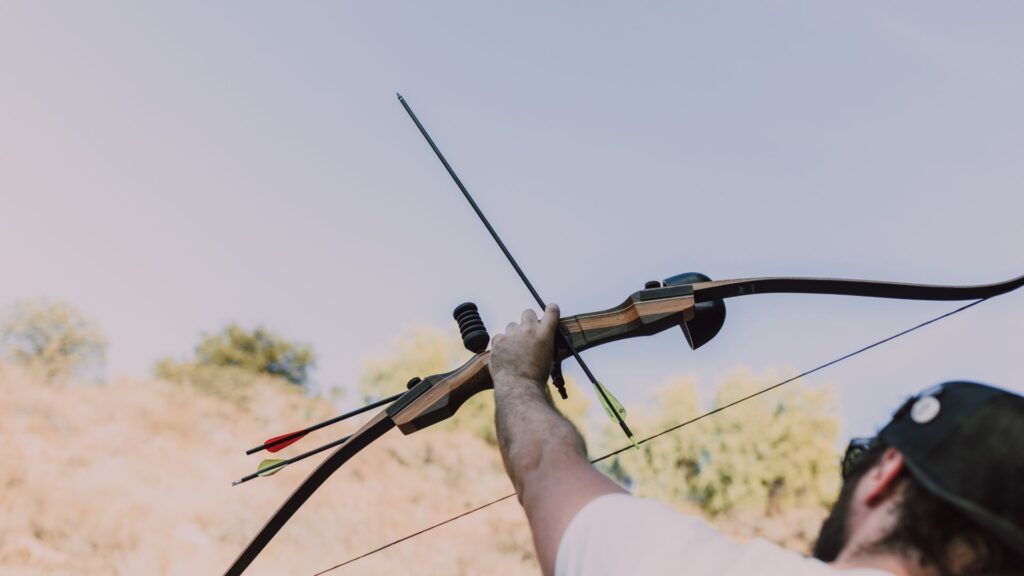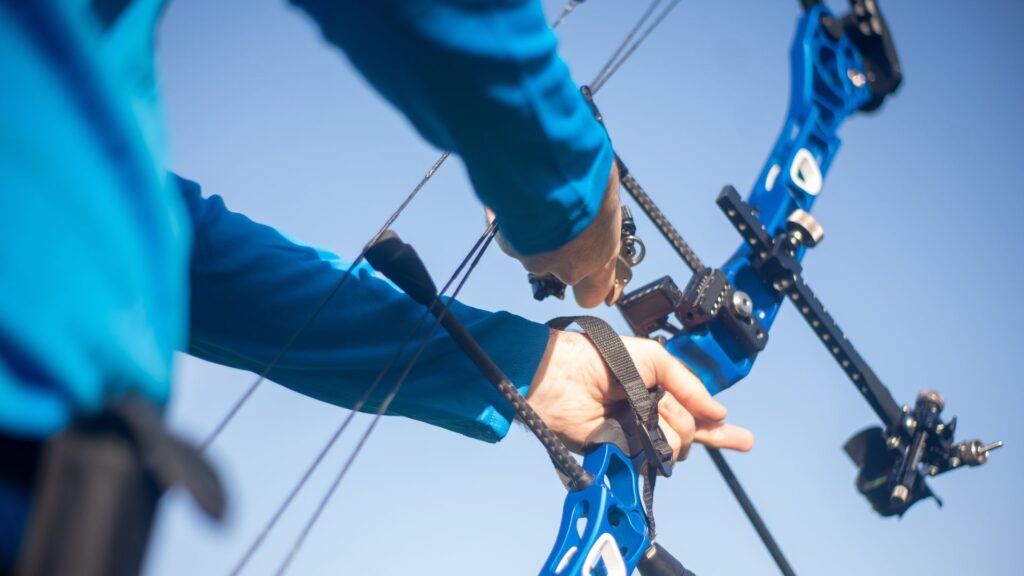The different types of bows: Recurve, compound, and longbow explained
Archery has been practised for centuries, and as with any sport, the equipment used has evolved to suit different needs, disciplines, and preferences. One of the most fundamental pieces of equipment in archery is the bow, and there are three main types: recurve, compound, and longbow. Each type has its unique characteristics, advantages, and ideal

Archery has been practised for centuries, and as with any sport, the equipment used has evolved to suit different needs, disciplines, and preferences. One of the most fundamental pieces of equipment in archery is the bow, and there are three main types: recurve, compound, and longbow. Each type has its unique characteristics, advantages, and ideal use cases. Understanding these differences can help you choose the right bow based on your shooting style, goals, and experience level.
In this article, we’ll take a closer look at each bow type and what makes them suited for various archery disciplines:
- Recurve bows: The standard in olympic archery
- Compound Bows: Technology-driven precision for target and bowhunting sports
- Longbows: Tradition and simplicity with historical significance
- Choosing the best bow for your style

Recurve bows: The standard in olympic archery
Recurve bows are perhaps the most well-known and widely used type of bow in modern archery, especially when it comes to Olympic and competitive target archery. They are often the go-to choice for archers looking for a versatile, precise, and relatively simple design.
Characteristics of recurve bows
A recurve bow gets its name from its distinctive limb shape. The limbs curve away from the archer when the bow is unstrung, which helps store more energy in the limbs when drawing the bow. This curve allows the bow to deliver more power and faster arrow speeds compared to a traditional straight-limbed bow. Recurve bows are typically lighter than compound bows, making them easier to handle for long periods, which is why they are so popular in Olympic archery.
Advantages of recurve bows
- Olympic Use: The recurve bow is the only type of bow used in the Olympics, making it the gold standard for competitive archery. The design is simple, reliable, and effective in tournaments where precision is key.
- Simplicity and Control: The recurve bow doesn’t rely on any complex mechanics, which means there are fewer things that can go wrong. It also offers greater feedback to the archer, giving you a clear sense of control over each shot.
- Versatility: Recurve bows are used in both indoor and outdoor shooting and are great for everything from target archery to field archery. Their simple design makes them easy to maintain and repair, even in the field.
However, one of the challenges with recurve bows is that they require a bit more physical strength and technique compared to compound bows, especially when it comes to holding the bow at full draw for extended periods. For beginners, it’s often recommended to start with a lighter draw weight and build up strength and consistency over time.
Compound Bows: Technology-driven precision for target and bowhunting sports
Compound bows are often considered the most technologically advanced type of bow. They are designed with a system of pulleys, cams, and cables, which makes them highly efficient and capable of delivering powerful shots with less physical effort.

Characteristics of compound bows
The defining feature of a compound bow is the system of cams (specialised pulleys) that are used to assist in drawing and releasing the string. These cams reduce the amount of force required to hold the bowstring at full draw, which is known as “let-off.” This means that, unlike recurve bows, archers using a compound bow don’t need to exert as much muscle strength when holding the string at full draw, allowing for a steadier shot and less fatigue over long sessions.
Advantages of compound bows
- Speed and Power: Compound bows deliver arrows at higher speeds than recurve bows, making them ideal for both target archery and bowhunting. The advanced design allows for more energy to be stored and released with each shot, resulting in faster arrow speeds and more powerful shots.
- Precision and Accuracy: The technological features of compound bows, such as adjustable sights, stabilisers, and triggers, provide archers with increased accuracy. This makes compound bows a popular choice in competitive target archery, where precision is critical.
- Ideal for Bowhunting: Compound bows are the most common choice for bowhunters because of their power, speed, and ability to shoot accurately over long distances. The high let-off and precision sights make it easier to take accurate shots at larger game.
That said, compound bows can be more complex and require more maintenance due to their mechanical components. They also tend to be heavier than recurve bows, which might not appeal to archers who prefer a lighter, more traditional setup.
Longbows: Tradition and simplicity with historical significance
Longbows are the oldest type of bow, with a design that has remained relatively unchanged for centuries. The longbow is a single piece of wood, typically tall in height (often as long as the archer), and is most closely associated with medieval archery. While less common in modern competitive archery, the longbow still holds a place in the hearts of traditional archers and historical reenactment groups.
Characteristics of longbows
The longbow is distinguished by its simple, straight design. Unlike recurve or compound bows, longbows don’t have any cams, pulleys, or curving limbs. The entire bow is typically made from one solid piece of wood, and the draw weight is often much higher compared to recurve and compound bows, which requires more strength to draw the string.
Advantages of longbows
- Historical Appeal: The longbow has a rich historical significance, especially during medieval battles. It was famously used by English archers in the Hundred Years’ War, particularly at the Battle of Agincourt.
- Simplicity and Elegance: One of the main appeals of the longbow is its simplicity. There are no complex mechanisms to maintain, and the design is pure and traditional. Archers who enjoy the tactile experience of shooting a simple, elegant bow often choose the longbow for its historical connection.
- Physical Challenge: Shooting a longbow requires more muscle strength than a recurve or compound bow, making it a physically demanding discipline. It also offers a different shooting experience—archers often feel a deeper connection to the traditional roots of the sport.
While the longbow is less common in modern competition, it’s still used in traditional archery events, and many archers appreciate the challenge of mastering this classic weapon. The longbow also tends to be lighter and more flexible than other bows, making it a great option for archers who enjoy a more hands-on and historical approach to archery.
Choosing the best bow for your style
Choosing the right bow ultimately comes down to your personal preferences and the type of archery you want to pursue. Recurve bows are ideal for Olympic and competitive archery, offering a simple, versatile design that’s perfect for those looking to focus on technique. Compound bows, with their advanced technology and precision, are great for target archery and bowhunting, providing speed and accuracy. On the other hand, longbows offer a unique traditional experience that connects archers to the rich history of the sport, requiring more strength and skill but offering a rewarding challenge.
“The best bow for you is the one that feels right in your hands, fits your style, and supports your journey as an archer.”
As a beginner, it’s essential to try different bows to find the one that feels comfortable and suits your needs. If you’re unsure, visiting an archery shop to test out various models or renting different bows can help you make the right choice. Whichever bow you choose, the most important thing is to practice consistently and enjoy the process. Happy shooting!